Tuscan Bistecca Fiorentina
.
How did it taste? Well, let’s just say, that the beef was not corn-fed, which is not only our preference, but is also the only beef used for the famous steaks at Ruth’s Chris Steak House. We can’t compromise on that rich flavor and it was certainly missing from this beef that was the best that we could find in our little town. So sadly, all we can sum this up with is: it was just one big huge steak, period. And that’s about all that was special and unique about it.
.
Note: I prepared this several weeks later according to another recipe that called for a pool of olive oil, minced garlic, and rosemary on which to place each steak, followed by another drizzle of olive oil and a sprinkling of shavings of fresh Parmigiano-Reggiano (1/4 pound for two steaks) on top of the steaks. I cannot tell you how incredible this was and what a huge difference in flavor that took place! SO MUCH BETTER . . . However, the recipe below is the “purist” version of this entree.
.
Print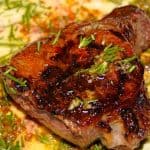
Bistecca all Fiorentina
- Prep Time: 0 hours
- Additional Time: 0 hours
- Cook Time: 0 hours
- Total Time: 0 hours
Ingredients
- T-bone or Porterhouse steaks, cut 3 – 4 (man-sized) fingers thick, if possible dry-aged
- Extra Virgin Olive Oil
- Freshly cracked Sea Salt
- Freshly ground black pepper
- Lemon Wedges (optional)
Instructions
- Take steak out of refrigerator for one to two hours before grilling and bring down to room temperature.
- Generously sprinkle with Sea Salt and fresh pepper to form a crust when grilled.
- Prop the steaks up with chopsticks for these few hours to allow the air to flow around the meat.
- Using either a charcoal or wood fire, heat up the grill to VERY HOT and nice and smokey
- Place the steaks on a very hot grill 4 inches from the fire.
- Cook for approximately 4 – 6 minutes per side for rare to medium-rare steaks.
- Never overcook a Tuscan steak which is traditionally served rare.
- The thicker the cut of steak, the longer you need to grill it.
- Caution: the tenderloin side will cooks faster than the strip or center filet side, so move the steak around on the grill to place the tenderloin further away from the heat when necessary.
- The exact time will depend on how well done you like your steak, 7 – 8 minutes on each side for medium-rare to medium steaks, etc. Remember that the steak will continue to cook during the final resting period.
- Be sure to flip the steaks over only once.
- Note: After grilling the other side, you may want to place the steak on its side on the side with the bone and grill for an additional 3 – 4 minutes which evens out the grilling more.
- Remove the steaks from the grill.
- Allow the steaks to rest for 5 to 10 minutes after removing from the grill, again propping them up with chopsticks to allow air flow.
- Prior to serving, drizzle with Extra Virgin Olive Oil and sprinkle with freshly cracked sea salt and black pepper again.
- Slice the steak the traditional and authentic way: Cut the filet out first, then cut the centre out and slice each section. Keep the bone in place around the slices.
- Serve immediately with lemon wedges.
.
.
.

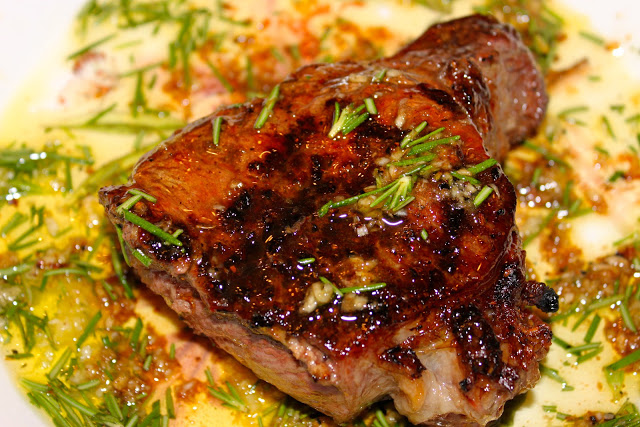
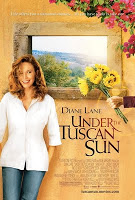
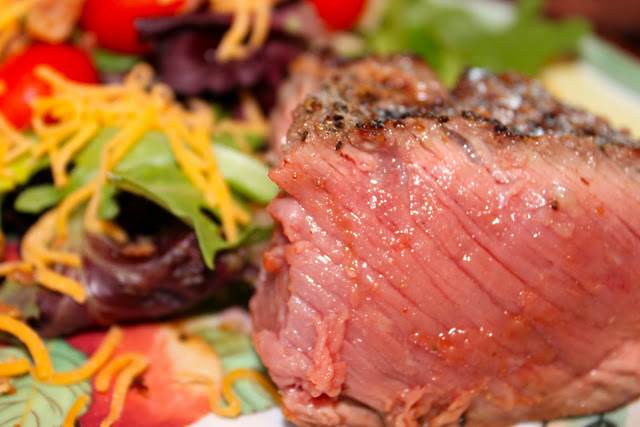

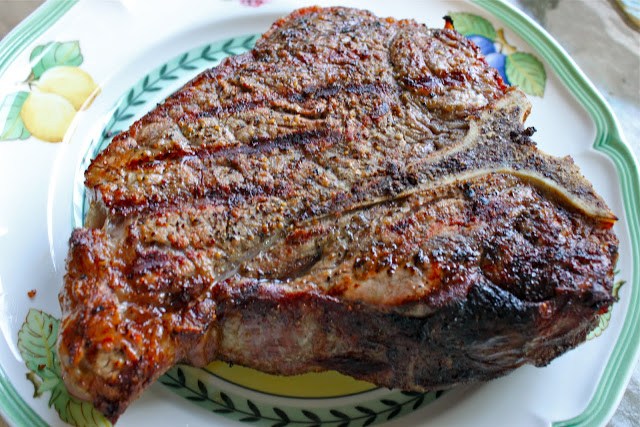

Pingback: 13 Easy Brunch Recipes to Whip Up For Father’s Day | Toat
Pingback: 13 Easy Brunch Recipes to Whip Up For Father’s Day | Purious
Oh my ! That looks delicious. That looks exactly how i like my steak. It’s very early in the morning and i haven’t even had my breakfast yet you got me craving this now. 🙂
Your blog is gorgeous! I just love it. One of my clients is the hamlet where Frances Mayes stayed while writing that book. It’s called Borgo di Vagli. You should check it out on a vacation some time.
All I can say is “now that’s a steak”
That looks fabulous! Thank you for all of your kind comments! I was overwhelmed with work last week and just when I thought I would have the weekend to catchup with my bloggie friends, my computer needed to go to the ER–stat! All’s well now, have a great day!! anne
That was one big man steak-it’s the kind of steaks my dad likes, and when the edges hang over the plate, he likes it even more.(laugh).
I really enjoyed reading this post. Thanks for sharing.
Velva
Now that’s a chunk of meat! One of the best steaks we ever ate was outside of Lucca in a small restaurant, served atop a bed of arugula…the bitter green went so well with the steak!
Very tempting, I hope one day you will be able to follow your dreams Roz.
My meat and potatoes husband could put that steak away easily without barely a blink!
Love that movie too.
What a beautiful steak! Way nicer than the one I had in Florence.
I’ve never had a real bisteccha Fiorentina, although I lived in Tuscany for five years. But the whole story and greatness of this steak is definitely in the quality of the meat used. Chianina cows are grown and fed in particular way following strict rules. So I really believe that, as well as the grilling method, is what makes it famous. Me and my husband still prefer tagliata more. Tagliata is prepared similarly, only this thick steak is sliced thinly after grilling and then served with arugula and shaved parmigiano
beef is what my husband wishes was for dinner every night! Love this. Love the flavors and the simplicity. Might just do this for father’s day for him!
I wish I were your neighbor so I could partake of those leftovers..haha! Great post! Thanks for all your nice comments. I had been away and have nbeen trying to reorganize the look of my site 🙂
I am planning a taste test in Tuscany – because in the good old USA I have had mighty fine beef – my brother-in-law raises good old corn-fed cows – well treated and all that jazz – which I hugely subscribe to. The photos of the beef certainly entice!
I guess it’s hard to get really good steaks where you live, but the photos sure looked great. you’re just going to have to put Tuscany on your radar the next time you have a yen for a good steak.
Hi Roz, Happy Memorial Day! Hubby says he’ll be right over to eat that steak you didn’t care for 😉
Looks superb anyway. your photos are always fabulous!
Looks fantastic, sorry you were disappointed. It looks perfectly done to me.
Oh my! This is sooo appetizing! So juicy! You always makes me hungry! Thank you for posting!
That steak is very photogenic; sorry it didn’t live up to your expectations taste-wise. My recipe for bistecca Florentine had olive oil, salt, pepper, and rosemary. The hardest thing is getting the right doneness on such a thick cut. You did it perfectly.
Four Man Fingers! Holy cow, that is a monster…I can’t imagine. Too bad it wasn’t as great as you’d hoped, but it really looks gorgeous, Roz. I have that same dream…only I want to get there before retirement 😉 I’m so glad that you joined in Food ‘n Flix this month (perfect month for you, huh?)!! Delicioso!
Oh yeah baby, my husband would love this on his plate…ok, me too.
just got home from work… omg I am drooling… amazing detail in your picture … wow is this making me want to eat this right now! love it! got to make something quick now~ wish I had this~